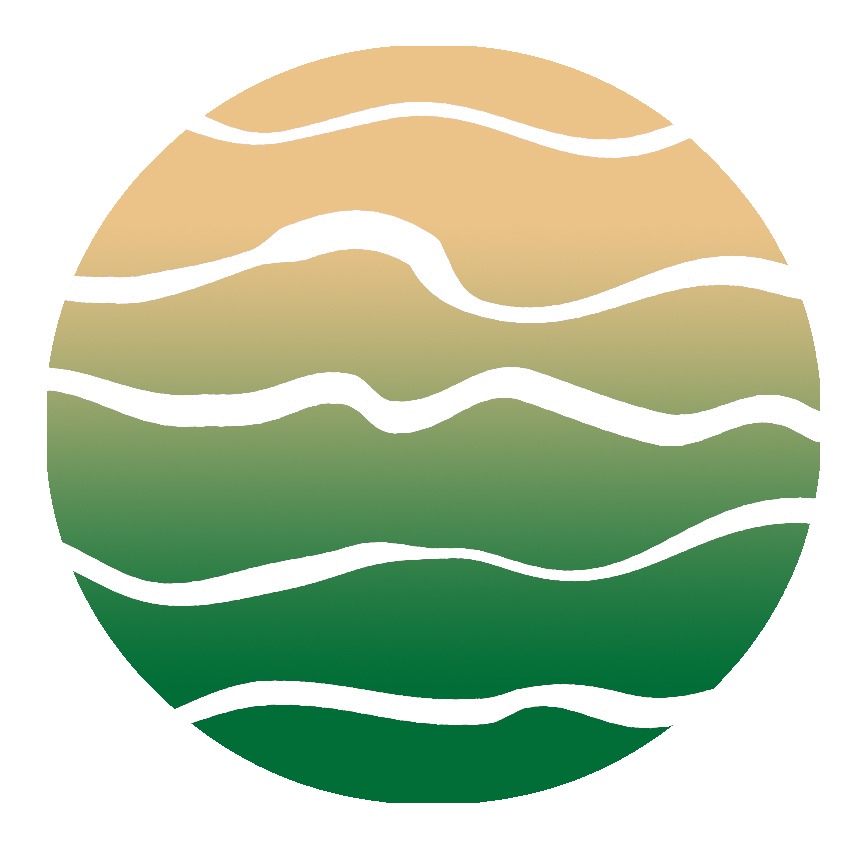
Rosen-Method-bodywork
The Rosen Method Bodywork was developed by Marion Rosen in Berkley, California, USA. It is an independent method of bodywork, which helps to release and process physical and psychological tensions. It is especially helpful for all complaints in which the autonomic nervous system is causally involved and for problems caused by suppressed feelings and old protective attitudes.
„Touching the body, reaching the soul
The Rosen Method is a form of therapy whose mode of action is not so easy to put into words. If you really want to understand it, you have to experience it. On the one hand, this is because we have not experienced much similar to compare it with. On the other hand, it is also true that anyone who has experienced the Rosen Method knows immediately that they have always known this kind of touch, and perhaps have longed to be touched in exactly this way for a long time. Through this unprejudiced and gentle way of touching, the Rosen Method helps us to move from the person we think we should be to the person we really are.
The body armor
In the course of life we put more and more protective layers on ourselves, which are expressed in deep muscle tension, unfavorable breathing patterns and then also in movement, posture and thought patterns. These protective layers were necessary at the time of the emergence and often the only way for us to “survive” at the time. In the here and now, however, they have become a hindrance.
Because these protective patterns, which are also referred to by the term “body armor”, often lead to breathing that is much too shallow, to aching muscles and joints, to organs with limited functionality, and to a whole range of unwanted feelings, up to complete fainting or panic . There can also be feelings of not being able to be completely there, feeling little or no joy and somehow no longer being the master or mistress of one’s own body and life. Some also report never being able to completely relax, not being able to let go, having to be constantly on the move, as if they are running away from something they don’t know what it is. Still others report emotional outbursts such as great anger or fear, or the need to cry at every opportunity.
You would like to get advice?
What does bodywork with the Rosen-Methode aim at?
In all of the above cases, the Rosen Method can help you to become more self-aware, to become aware of unnecessary muscle tension and to let go of it. More breath can flow into the body. You slowly notice how he keeps occupying new spaces, spaces that previously seemed as if they weren't there at all. Feelings that have been suppressed and sometimes completely unconscious for decades can come to the surface, be felt, processed, integrated and then disappear because their message has been heard inside and is no longer needed.
Suddenly there is calm, which is rarely experienced so deeply. Or trust slowly grows from within like a flower breaking through the snow. Or joie de vivre, pure joie de vivre, vibrates through the whole body.
Often you also become aware of what you have to change in your own life. But not because you were told to do it or because you think you have to do it, but because it has become an inner need.
For whom can Rosen Method be helpful?
Rosen Method is something that hits a very special nerve in our age. Something that has become so necessary to stay alive inside. Namely being accompanied in one’s search for peace, for the real thing, something so many are running away from. To the core! Nobody can take away this connection to your inner being and you can use it everywhere but above all in any form of relationship. Of course, Rosen Method is not a panacea. Rosen Method is particularly helpful in overcoming trauma. Because where the nervous system keeps re-enacting a deeply shocking experience and cannot get over what happened, Rosen Method helps to gently reorganize, to integrate what has been experienced and thus allows old wounds to heal bit by bit.
Rosen Method also helps in important decision-making processes that not only need to be thought through but also to be deeply felt. In particular, Rosen Method helps people who are to much in their head to get more into the heart and stomach, but actually also into the whole body, because one or the other toe also has a story to tell. Bit by bit we reconnect with our very own curiosity, the desire to discover the world. It arouses curiosity about life itself and gives rise to an often unfounded but very real confidence in us. Access via the body is easier for many patients than access via talk therapy alone. Bodywork can therefore always be particularly helpful when you lack the words to describe stressful experiences.
Who was Marion Rosen?
Marion Rosen (1914-2012) war eine deutsch-amerikanische Physiotherapeutin, Pionierin der Körperarbeit und Begründerin der Rosen Methode. Geboren wurde sie in Deutschland wo sie später bei Lucy Heyer Atemtherapie gelernt hat während deren Mann Gustav Heyer die Patienten psychotherapeutisch behandelt hat. Die Verbindung von Körper- , Atemarbeit und Psychotherapie, wenn damals auch noch durch verschiedene Personen durchgeführt, war für Marion Rosen sicher prägend. Aufgrund der Veränderungen in Deutschland vor dem Zweiten Weltkrieg floh Marion Rosen nach Skandinavien, wo sie sich mit Tanz und Physiotherapie beschäftigte. Später wanderte sie nach Nordamerika aus. Dort vertiefte Sie ihre Kenntnisse der Physiotherapie, eröffnete eine eigene Praxis und entwickelte Stück für Stück die Rosen Methode. Diese lehrte sie bis kurz vor Ihrem Lebensende mit 98 Jahren. Ihr Wunsch war es, dass diese Arbeit um die ganze Welt geht und damit auch zum Frieden in der Welt mit beiträgt.
Marion Rosen (1914-2012) was a German-American physiotherapist, pioneer of bodywork and founder of the Rosen Method. She was born in Germany, where she later learned breathing therapy from Lucy Heyer, whose husband Gustav Heyer treated the patients psychotherapeutically. The combination of bodywork, breathwork and psychotherapy, even though it was still carried out by different people at the time, was certainly formative for Marion Rosen. Due to the changes in Germany before World War II, Marion Rosen fled to Scandinavia, where she pursued dance and physical therapy. She later emigrated to North America. There she deepened her knowledge of physiotherapy, opened her own practice and gradually developed the Rosen Method. She taught this until shortly before she died at the age of 98. It was her wish that this work should go around the world and thus also contribute to peace in the world.
About breath in the Rosen Method
In the Rosen Method, the patient’s breath is of great importance It provides information about which movement and touch patterns are beneficial and which issues are currently important for the patient.
For which complaints should I book a session with the Rose Method?
The Rosen Method is suitable both as an accompanying therapy alongside other psychotherapeutic measures, and as a stand-alone treatment approach. The innovative approach can also be used as a preventive measure, e.g. in case of a high stress load. The Rosen Method can help you with the following complaints:
- chronic tensions
- Traumas
- Depression
- Burn-Out / Bore Out
- Self-perception disorders
- Anxiety and panic attacks
- Relationship conflicts
- Decision-making processes
- Bullying in the workplace
- Obstructive beliefs
- after operations
- Support of the conventional cancer therapy
- Pain in the musculoskeletal system
- Respiratory problems
- Gastrointestinal complaints
- Mourning
- Obsessive thoughts
- Stress
- Self-esteem issues
- Addictions
- Feelings of shame and guilt

Is the Rose Method suitable for you? Find it out.
How does a a session of Rosen Method work?
The Rosen Method is usually performed lying down. At the beginning of the session, patients lie on their stomach, later on their back. However, treatments lying on your side or sitting and standing are also possible. The therapist allows himself to be guided by his hands, the patient's breath and what he himself senses and perceives to the places on the body where touch is needed. There contact is sought and strengthened with gentle movements and gentle pressure, so that the patients also come into better contact with themselves. The therapist notices when something is changing inside the patient by observing the change in the breath, the color of the skin, the muscle tension and the facial expression. Conversation during a Rosen session is often based on what patients observe about themselves or what the therapist observes about the patient. There is no judgment about what the patient feels or says. The patient is accepted with everything they bring with them, they are allowed to “be” just as any emotions that arise are allowed to be there and take the space they need. Moreover, patients are encouraged to feel their emotions, to stay with them and to explore further their inner self.
The conversation during a Rosen session aims at intensifying the process. At the end, the patient is allowed to rest.
How often should I book a Rosen session?
Rosen Method is a process that reveals its unique benefits over time. Thus, the results achieved with Rosen Method are real and lasting, especially where techniques fail. Growth processes tend to meander. That means sometimes a lot happens, sometimes it's quiet, sometimes you think you got it now, then you find it's completely gone again, only to find later that it had always been there, and you’re getting ist little by little.
Most patients come for a session every 2 weeks, or only once a month, and a few once a week during an acute period. How often you come depends very much on your own goal and your initial health situation.
The treatment methods described here and on further pages originate from empirical medicine. The majority of these established, medical therapy methods have not yet been sufficiently scientifically validated according to the principles of evidence-based medicine (orthodox medicine). In particular, randomized, controlled studies or comprehensive meta-analyses do not yet exist. A success of the empirical medical therapy forms cannot be guaranteed in every treatment case.
